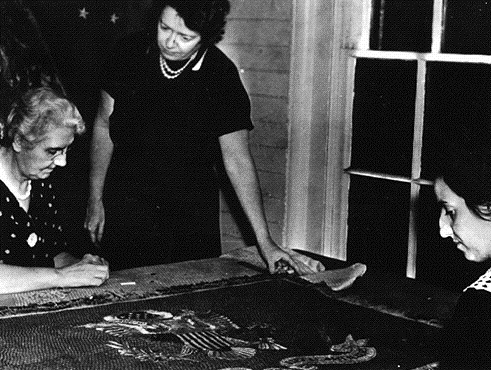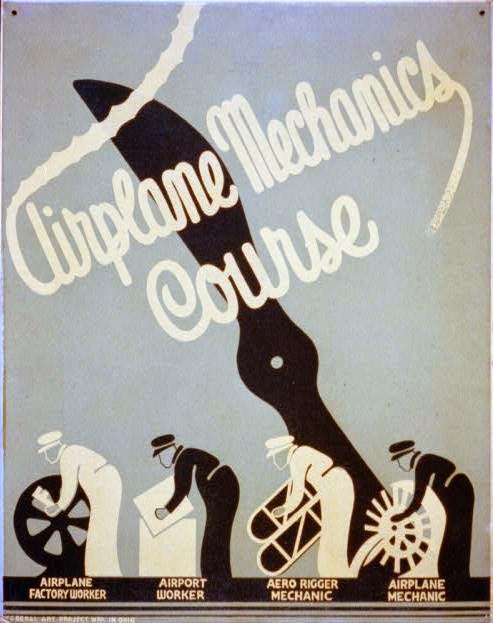(William Bastian, a homeless man, died in 1939 at the age of 64. Before William's passing, he had been working with the National Park Service on beach erosion control in North Carolina. Records at the National Archives, and communication with residents of Roanoke Island, indicate that Mr. Bastian may have lived in a WPA camp for transient workers at, or near, what is now Fort Raleigh National Historic Site {before 1941, Fort Raleigh was a state park}. Photo by Brent McKee.)
Journalist Christie Thompson recently wrote an interesting article about "What Happens To The Homeless When They Die." She found that, with respect to the homeless in Washington, DC, "many are left unclaimed at the city morgue. After 30 days, they are cremated by a private funeral home and often buried outside the city limits. There is no funeral, no head stone, just a name written in the ledger book of a Maryland or Virginia cemetery."
There is nothing inherently wrong with cremation, of course.....but I think, in this case, we can safely assume that cremation is not performed per end-of-life request from the homeless person, but rather from a desire to quickly and efficiently get rid of the body and have the least amount of space used for his/her remains. The absence of a funeral (i.e., a ceremony), and the failure to place a headstone, would seem to confirm this.
This is not the mark of a civilized society. But then, neither is the allowance of homelessness in the first place, or the criminalization of homelessness. So, perhaps the burning of an unclaimed homeless person's body, and the placement of his/her ashes in an unmarked grave without ceremony, falls right in line with the survival-of-the-fittest mentality we've been fostering for the past 30+ years.
(A memorial stone for the homeless men--including William Bastian--who died while employed with the National Park Service in North Carolina, probably through the WPA. Photo by Brent McKee.)
During the New Deal, policymakers began to show us a better way to treat the homeless, especially those homeless people who needed a job more than anything else. Harry Hopkins, head of the WPA, reported that "By December, 1934, over two hundred and fifty work camps for transient men were in operation." Hopkins described transients as "jobless and penniless...homeless and friendless." He described their life and employment situation in the following manner:
"Originally, there had been a strong disposition to view the transient as a man requiring 'casework techniques' and 'therapeutic treatment.' But some transients who stubbornly resisted the casework approach to rehabilitation emerged, under the more normal conditions of a work project, from sullen discouragement and inertia into highly effective workmen. There could be little doubt that what most of them needed was not casework, but a job." (See Harry Hopkins, Spending to Save, pp. 133-134, New York: W.W. Norton & Company, Inc., 1936)
So, on Roanoke Island, for those who care to see, there is historical evidence of a better way to address the problem of homelessness. Instead of neglect, criminalization, or band-aid policies, we see work opportunities, a paycheck, shelter from weather & physical assaults (see the report Hate Crimes Against the Homeless), a chance to get back on one's feet, and a proper funeral & burial for homeless people when they die. This is the type of thing President Franklin Roosevelt meant when he said, "We are going to make a country in which no one is left out" (The Roosevelt I Knew, Frances Perkins, 1946). Unfortunately, America has not followed Roosevelt's lead, but has instead embraced the ruthlessness of plutocracy. Hence, we burn, bury, and forget many of our homeless fellow citizens; placing them in a state of disregard even more complete than the one they lived in.
(This WPA project card at the National Archives describes beach erosion control activities to be conducted in cooperation with the National Park Service in the counties of Dare, Hyde, and Currituck {North Carolina}. This appears to be the tail-end of the project referred to on the memorial stone in the photo above {note that the project card is for fiscal year 1942, which would have started in July 1941, and would coincide with the dates inscribed on the memorial stone}. Photo by Brent McKee.)










































